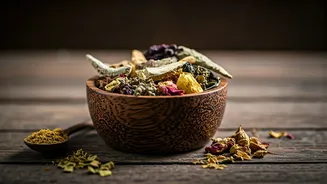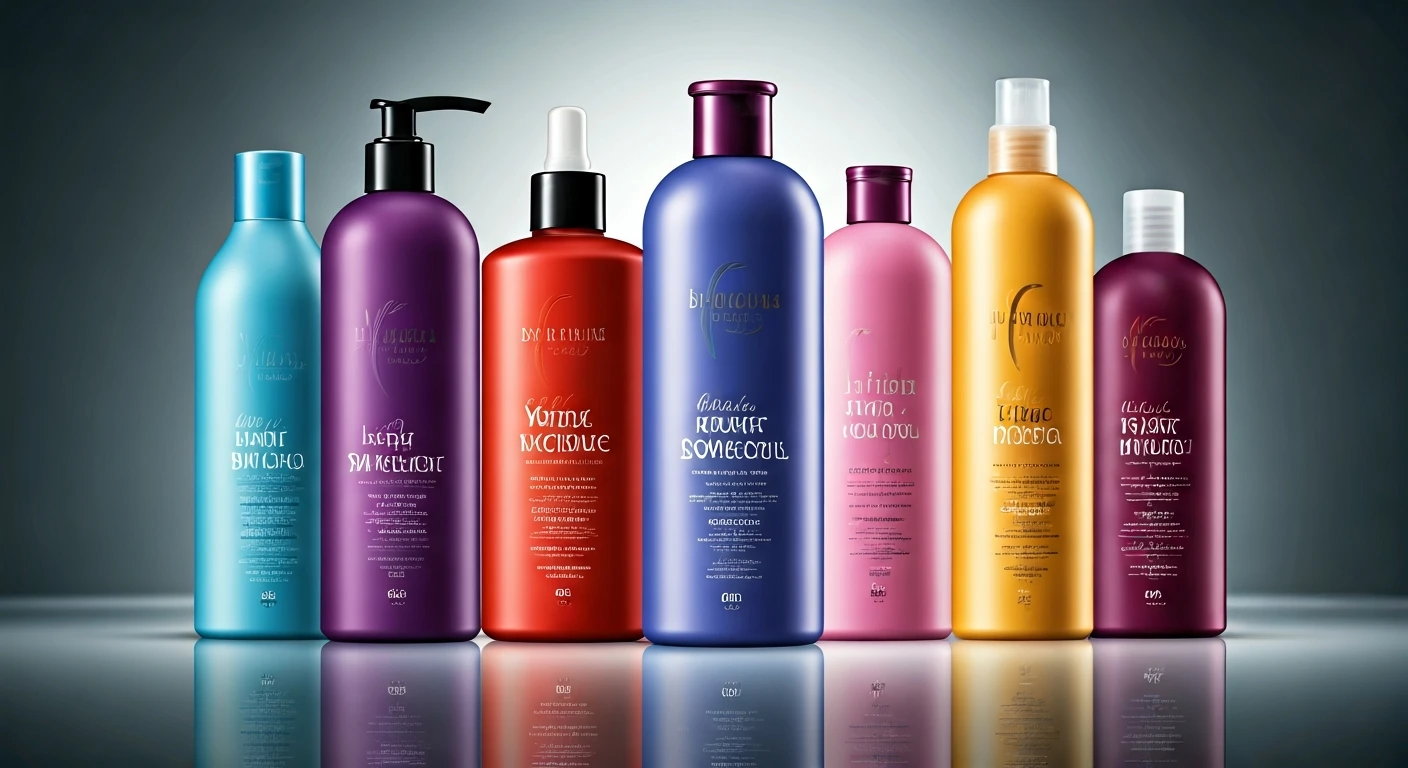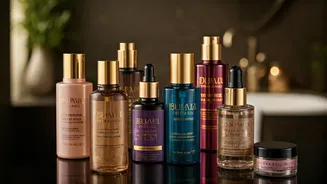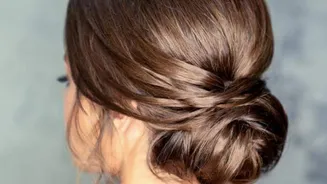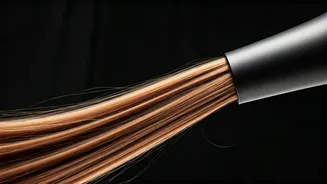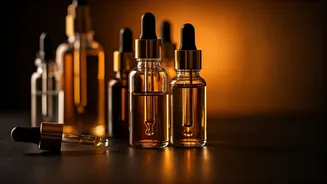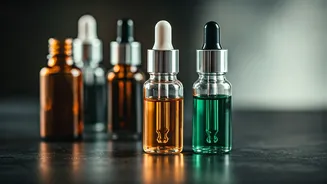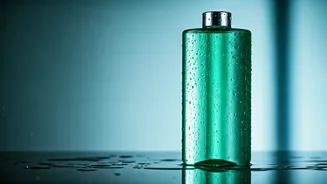Hair Color Prep
Preparing your hair before coloring is vital for achieving the desired look and minimizing damage. Start by evaluating your hair's current condition. Is
it healthy or dry and damaged? If your hair is already compromised, it might be best to postpone coloring or consult a professional stylist. A consultation can determine the best approach for your hair type. Next, avoid washing your hair for a day or two before coloring. This allows the natural oils to protect your scalp during the coloring process. Also, consider doing a strand test with the chosen dye to see how the color develops and to check for any allergic reactions. This helps prevent unwanted surprises and ensures you're happy with the final outcome. Finally, gather all your supplies: dye, developer, gloves, a mixing bowl, and a brush. Having everything ready streamlines the coloring process and saves time.
Choosing the Shade
Selecting the right hair color involves more than just picking a shade you like; it should complement your skin tone and enhance your features. Generally, warm skin tones look best with warm colors like golden blonde, copper, or caramel. Cool skin tones work well with cool colors such as ash brown, cool red, or platinum blonde. Understanding your undertones is crucial; they influence how the color looks on you. Consider using online tools or apps that allow you to virtually try on different hair colors. This can help visualize what a particular shade might look like on you before you commit. Alternatively, consulting a stylist for a professional opinion can offer personalized recommendations based on your unique skin tone, eye color, and desired style. They can also explain the potential upkeep required for each shade.
The Coloring Process
Coloring your hair at home requires following instructions carefully to avoid mishaps. Start by protecting your clothes with an old towel or a coloring cape. Mix the color and developer according to the instructions on the box. Use gloves to protect your hands from staining. Divide your hair into sections to ensure even application. Begin at the roots, then work your way down to the ends, ensuring every strand is coated. Follow the recommended processing time, and don't leave the color on longer than advised. Over-processing can lead to dryness and damage. After the processing time, rinse your hair thoroughly until the water runs clear. Use the conditioner included in the kit or a color-safe conditioner to lock in the color and hydrate your hair. Always follow the manufacturer's directions for a safe and effective color application.
Potential Damage Concerns
Hair coloring, especially if done frequently or improperly, can lead to damage. The chemicals in hair dye can strip away your hair's natural oils, making it dry and brittle. This damage is more likely with bleach or lighter colors, which require stronger chemicals to lift the existing color. To minimize damage, use high-quality hair dyes containing nourishing ingredients. Consider a semi-permanent or demi-permanent color, which is less harsh than permanent dyes. Deep condition your hair regularly, especially after coloring. Look for products designed to repair and strengthen colored hair. Avoid excessive heat styling, like using flat irons or curling irons, as heat can worsen the damage. If you notice significant breakage or dryness, consult a professional stylist. They can provide advice and recommend treatments to restore your hair's health. Taking preventive measures protects your hair during and after the coloring process.
Color Maintenance Tips
Maintaining your new hair color requires specific aftercare to keep it vibrant and healthy. Use color-safe shampoos and conditioners. These products are formulated to gently cleanse your hair without stripping the color. Avoid shampoos containing sulfates, as they can cause the color to fade faster. Wash your hair less frequently to preserve the color; dry shampoo can help extend the time between washes. Protect your hair from sun exposure, as UV rays can fade the color. Wear a hat or use hair products with UV protection when you're outside. Avoid chlorine, which can also affect the color. Consider using a color-depositing conditioner to refresh the color between salon visits or home coloring sessions. Schedule regular touch-ups as needed to maintain the color's vibrancy and cover any regrowth. Following these simple steps ensures you can enjoy your new hair color for a longer duration.




